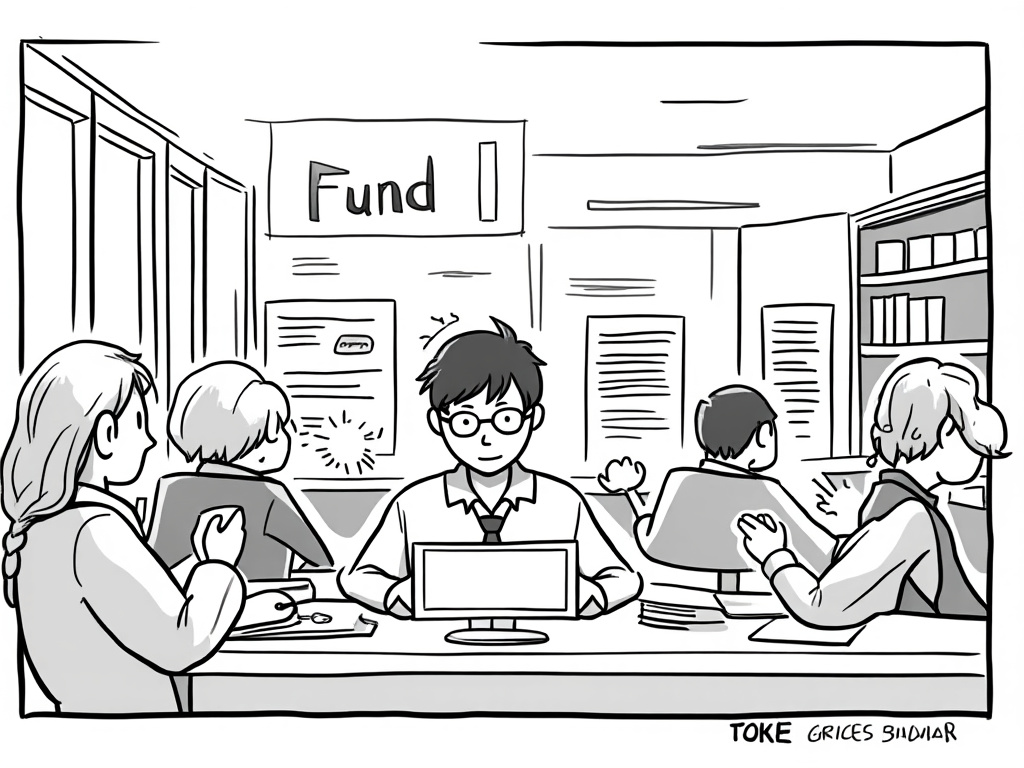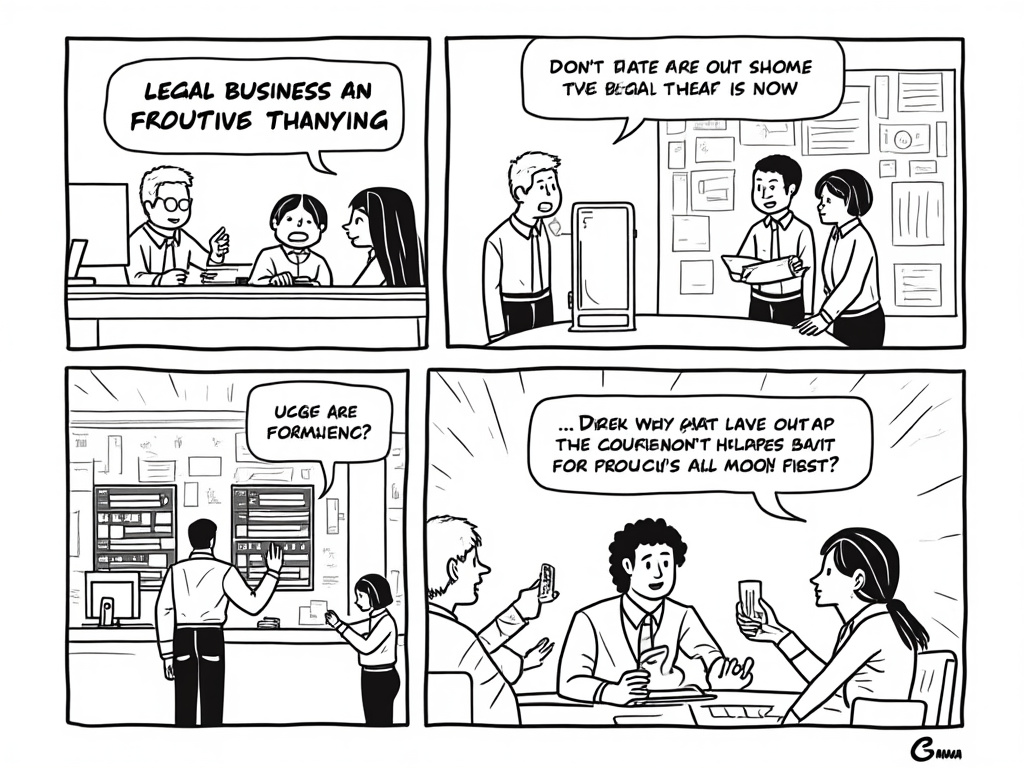
Golden Visa Source of Funds: Navigating Financial Scrutiny With Confidence
Reading time: 8 minutes
Table of Contents
- Introduction to Golden Visa Programs and Financial Scrutiny
- Core Source of Funds Requirements
- Essential Documentation for Source of Funds Verification
- Common Challenges and How to Overcome Them
- Country-Specific Source of Funds Requirements
- Strategic Preparation for Financial Scrutiny
- Red Flags That Trigger Enhanced Scrutiny
- Your Financial Disclosure Roadmap
- Frequently Asked Questions
Introduction to Golden Visa Programs and Financial Scrutiny
Feeling overwhelmed by the financial scrutiny involved in Golden Visa applications? You’re certainly not alone. The path to residency through investment has become increasingly complex, particularly when it comes to proving your funds are legitimate.
Here’s the unvarnished truth: Golden Visa programs worldwide have intensified their source of funds verification processes, transforming what was once a straightforward wealth check into a comprehensive financial investigation. This isn’t just bureaucratic hoops—it’s a response to international pressure, money laundering concerns, and the growing sophistication of financial crimes.
Consider this: In 2022, Portugal’s Golden Visa program rejected 8% of applications specifically due to inadequate source of funds documentation—up from just 3% in 2018. This trend isn’t isolated; it’s becoming the norm across investment migration programs globally.
“The era of simply showing bank statements and expecting approval is over. Today’s Golden Visa applicant faces a level of financial scrutiny comparable to what banks apply to high-value commercial relationships,” explains Maria Fernandez, former compliance officer for Spain’s residency by investment program.
Your financial history isn’t just being checked—it’s being dissected, analyzed, and verified across multiple dimensions. But here’s the good news: With strategic preparation and understanding the exact expectations, you can navigate this process successfully. Let’s transform what seems like an invasive process into a manageable, even predictable, component of your Golden Visa journey.
Core Source of Funds Requirements
At its foundation, source of funds verification for Golden Visa programs revolves around answering one central question: How did you legally acquire the money you’re investing? While this question seems straightforward, addressing it comprehensively requires understanding several core requirements:
Transparency Timeline Requirements
Most Golden Visa programs don’t just want to know where your investment funds are now—they want to trace their history back several years. This “lookback period” varies by country but typically ranges from 3-10 years. During this timeline, you need to demonstrate:
- The original sources that generated your wealth (business income, inheritance, property sales, etc.)
- The movement of funds between accounts and jurisdictions
- The accumulation pattern that led to your current investment capital
For example, if you’re using business profits from a company you own, you’ll need to show not just current profitability but a logical pattern of wealth accumulation over time.
Legal Verification Standards
Beyond simply showing where funds came from, Golden Visa programs require proof that these funds were:
- Earned through legitimate activities
- Properly reported to tax authorities in your home country
- Compliant with anti-money laundering regulations
- Not connected to sanctioned individuals or entities
- Transferred through regulated financial channels
What’s often overlooked: Even perfectly legal funds can be rejected if their movement appears suspicious or lacks proper documentation. It’s not just about legality—it’s about demonstrability.
Essential Documentation for Source of Funds Verification
Successfully navigating source of funds scrutiny hinges on providing comprehensive documentation that creates a clear financial narrative. Here’s what you’ll need to prepare:
Primary Source Evidence
These documents establish the original generation of your wealth:
- Business Income: Audited financial statements, profit distribution records, dividend payment confirmations
- Employment: Employment contracts, salary slips covering 12-24 months, bonus payment confirmations
- Investment Gains: Investment account statements showing purchase and sale of assets, dividend statements
- Property Sales: Original purchase contracts, sale agreements, proof of proceeds transfer
- Inheritance: Probate documents, will excerpts, inheritance tax clearance certificates
Financial Movement Documentation
These records trace how your wealth moved from its source to your investment vehicle:
- Bank statements covering the entire relevant period (typically 6-24 months)
- Wire transfer confirmations showing the path of funds between accounts
- Currency exchange documentation if applicable
- Loan agreements and repayment schedules if lending is involved
- Share sale confirmations if liquidating company ownership
Pro Tip: Create a “funds flow chart” that visually maps the movement of your money from original source to final investment account. This simple visual aid can dramatically improve understanding for application reviewers.
Tax Compliance Evidence
These documents demonstrate your funds were properly reported to tax authorities:
- Personal income tax returns covering 2-5 years
- Tax payment confirmations
- Tax clearance certificates from relevant jurisdictions
- Corporate tax filings if business income is involved
- Property or capital gains tax documentation for asset sales
A real-world example: When applying for Portugal’s Golden Visa program, Brazilian entrepreneur Carlos Silva provided comprehensive documentation for his €500,000 investment. Rather than simply submitting basic bank statements, he included:
- 5 years of audited financial statements from his technology company
- Board resolutions authorizing dividend distributions
- Banking records showing dividend payments to his personal account
- Brazilian tax filings confirming proper declaration of this income
- International wire transfer documentation showing the clear path of funds
This comprehensive approach resulted in first-round approval without additional information requests—something increasingly rare in today’s heightened scrutiny environment.
Common Challenges and How to Overcome Them
Even well-prepared applicants encounter obstacles during the source of funds verification process. Let’s examine the most common challenges and practical solutions:
Documentation Gaps and Solutions
The Problem: Missing financial records or documentation gaps that break the continuous chain of evidence for your funds.
Strategic Solutions:
- Request historical records from financial institutions – Most banks can provide statements going back 5-7 years upon formal request.
- Obtain declaration letters – For genuinely unavailable documents, consider notarized declarations from relevant third parties (business partners, employers, family members).
- Provide contextual evidence – Tax filings, property records, or business registration documents can corroborate your financial narrative even when direct bank records are incomplete.
- Create logical inference documentation – Prepare thorough explanation letters with supporting evidence that build reasonable conclusions about fund movements during gap periods.
Case Study: A Malaysian investor applying for Greece’s Golden Visa program faced challenges documenting a family gift from the 1990s that formed the basis of his wealth. By combining limited available banking records with notarized family declarations, historical property deeds, and consistent tax filings showing asset growth, he successfully established the legitimacy of funds despite the passage of time.
Complex Financial Structures
The Problem: Wealth held within multiple corporate entities, trusts, or international structures that complicate clear ownership and source tracing.
Strategic Solutions:
- Create clear ownership diagrams – Visual representations of corporate/trust structures showing ultimate beneficial ownership.
- Provide entity formation documents – Include articles of incorporation, trust deeds, and shareholder registers.
- Document fund flows between entities – Show how money moved from operating companies to holding structures to personal accounts.
- Obtain professional certifications – Have your accountant or financial advisor prepare professional attestations regarding your ownership and the legitimacy of structures.
Remember: Complexity itself isn’t problematic—it’s unexplained or opaque complexity that raises red flags.
Country-Specific Source of Funds Requirements
While core principles of source of funds verification remain consistent, specific requirements vary significantly between Golden Visa programs. Here’s a comparative analysis of key programs:
| Country | Documentation Lookback Period | Verification Intensity | Special Requirements | Processing Timeline |
|---|---|---|---|---|
| Portugal | 5 years | Very High | Bank reference letters; Portuguese translations | 4-6 months |
| Spain | 2-3 years | High | Spanish bank confirmation of fund receipt | 3-5 months |
| Greece | 1-2 years | Moderate | Bank-to-bank transfers (no cash deposits) | 2-3 months |
| Malta | 7-10 years | Extremely High | Due diligence interviews; third-party verification | 8-14 months |
| UAE | 1 year | Moderate to Low | Focus on current account statements and transfers | 1-2 months |
This variation underscores why country-specific preparation is essential. What suffices for one program may be wholly inadequate for another.
Portugal’s Enhanced Due Diligence
Portugal’s Golden Visa program exemplifies the trend toward rigorous verification. Recent regulatory changes require:
- Detailed explanation letters connecting documents to specific funds
- Proof of fund transfers through regulated banking channels
- Enhanced scrutiny for applicants from countries with weaker financial oversight
- Certified translations of all financial documents
Portuguese authorities often request supplementary documentation during review, making proactive preparation crucial to avoid delays.
Malta’s Multi-Layered Approach
Malta employs possibly the most stringent source of funds verification process, including:
- Mandatory due diligence interviews with financial specialists
- Third-party verification of documentation through international channels
- Wealth creation narrative covering decades rather than years
- Background checks extending to business associates and family members
As one Maltese immigration attorney noted: “Malta’s approach isn’t just about verifying the money—it’s about understanding the applicant’s entire financial life story.”
Strategic Preparation for Financial Scrutiny
Success in navigating source of funds verification isn’t just about having documentation—it’s about strategic preparation. Here’s how to position yourself for successful verification:
Pre-Application Financial Organization
Start preparation 6-12 months before applying:
- Audit your own finances – Review your financial history through the eyes of a skeptical examiner.
- Consolidate accounts when possible – Simplify your financial structure before applying.
- Create clear documentation trails – Ensure major transactions have supporting documentation.
- Resolve tax compliance issues – Address any outstanding tax matters in your home country.
- Prepare explanations for complex scenarios – Document unusual financial events or structures proactively.
This proactive approach prevents the common scramble for documentation after application submission.
Working with Financial Professionals
Effective professional support dramatically improves outcomes:
- Engage immigration-specific financial advisors – Not all accountants understand Golden Visa requirements.
- Consider a financial narrative consultant – These specialists help organize your financial story coherently.
- Involve your existing wealth managers early – They can help prepare appropriate documentation.
- Secure professional attestations – Third-party verification from reputable accountants adds credibility.
For complex cases, consider a pre-application review by former immigration officials or compliance specialists familiar with your target country’s requirements.
Red Flags That Trigger Enhanced Scrutiny
Understanding what triggers enhanced scrutiny helps you address potential issues proactively:
Financial Pattern Red Flags
- Recent large deposits without clear provenance
- Significant cash transactions rather than electronic transfers
- Funds coming from high-risk jurisdictions (countries with weak financial governance)
- Circular fund movements between personal and business accounts
- Misalignment between declared income and wealth accumulation
- Third-party funding without clear legitimate relationship
Documentation Red Flags
- Inconsistencies between different financial documents
- Unexplained gaps in banking or financial history
- Vague or generic explanation letters lacking specific details
- Reluctance to provide requested supplementary information
- Excessive use of private holding companies in secrecy jurisdictions
Consider this visualization of how different factors influence scrutiny levels:
Impact of Factors on Scrutiny Level
The good news: Even when red flags exist, proactive disclosure and thorough explanation can mitigate concerns. It’s often not the factor itself but how it’s presented and documented that matters most.
Your Financial Disclosure Roadmap
Rather than viewing source of funds verification as an obstacle, consider it an opportunity to demonstrate your financial responsibility and transparency. Here’s your action plan for successful navigation:
- Map your financial journey – Create a comprehensive timeline of wealth creation and movement
- Identify documentation gaps early – Proactively address weak points in your financial narrative
- Prepare clear explanation narratives – Don’t make reviewers connect the dots themselves
- Organize documentation chronologically – Create a logical flow that follows your money’s journey
- Consider country-specific nuances – Adapt your preparation to your target Golden Visa program
Remember: Success stems not just from having documentation, but from presenting it in a coherent, transparent manner that anticipates questions and provides clear answers.
As immigration attorney Elena Martínez observed: “The most successful applicants approach source of funds verification not as a hurdle to overcome but as an opportunity to demonstrate their integrity and financial responsibility. They present not just documents but a compelling financial narrative.”
Looking ahead, expect source of funds scrutiny to intensify further. Global initiatives like the Common Reporting Standard (CRS) and expanded anti-money laundering frameworks continue to increase information sharing between countries. Smart investors will embrace this transparency trend rather than resist it.
What financial narrative will you construct to support your Golden Visa journey? The path to successful verification begins long before application submission—it starts with strategic financial management guided by understanding what authorities are truly seeking.
Frequently Asked Questions
How far back do I need to document my source of funds for Golden Visa applications?
The documentation lookback period varies by country, but generally ranges from 1-10 years. Portugal and Spain typically require 2-5 years of financial history, while Malta has the most stringent requirements, often expecting 7-10 years of comprehensive documentation. For major wealth events like business sales or inheritances that occurred outside this window but significantly contributed to your current wealth, you’ll still need to document these specifically, regardless of when they occurred. The safest approach is to prepare documentation covering at least 5 years for most programs.
Will using funds from multiple sources complicate my Golden Visa application?
Yes, using multiple funding sources does increase complexity, but it won’t necessarily harm your application if properly documented. The key is providing clear source of funds evidence for each component. For example, if your €500,000 investment comprises €250,000 from business income, €150,000 from property sales, and €100,000 from investments, you’ll need separate documentation trails for each stream. Create a clear funds flow chart showing how these sources combined in your investment account. Multiple sources are completely acceptable—it’s unexplained or undocumented sources that create problems.
Can family gifts or loans be used as legitimate sources for Golden Visa investments?
Family gifts and loans can be legitimate funding sources, but they require additional documentation layers. You’ll need to demonstrate: 1) The donor/lender’s own source of funds (essentially documenting their wealth origin), 2) Formal gift/loan documentation (agreements, transfer records), 3) Compliance with relevant tax regulations in both countries (gift taxes, etc.), and 4) Clear relationship evidence. Some countries are more accepting of family-sourced funds than others—Portugal and Greece generally accept them with proper documentation, while Malta applies extremely rigorous verification to family transfers. The key distinction authorities make is between genuine family wealth transfers and attempts to obscure the true source of funds.

Article reviewed by Adrian Sokolov, Post-Soviet Industrial Assets | Revitalizing Manufacturing Zones, on May 15, 2025





